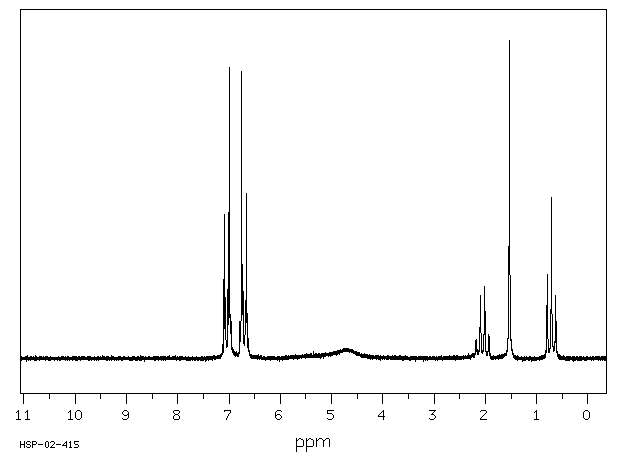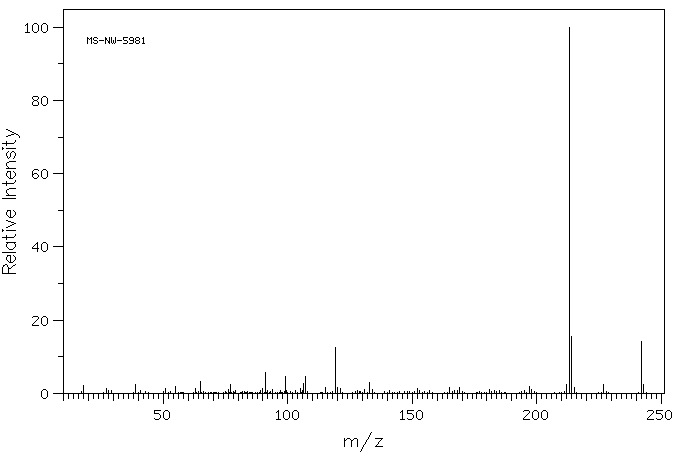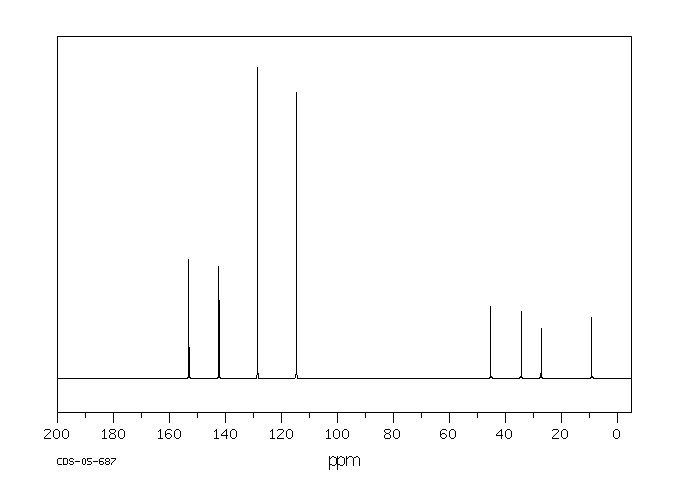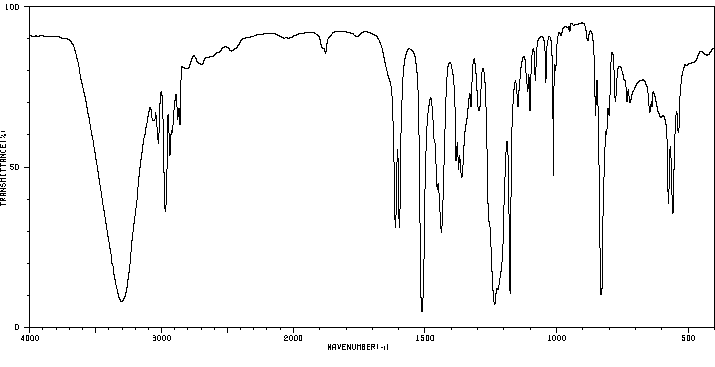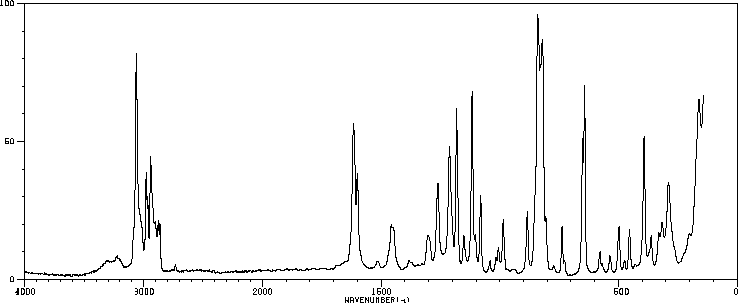代谢
研究人员此前已经证明,双酚A(BPA;2,2-双(4-羟基苯基)丙烷)或双酚B(BPB;2,2-双(4-羟基苯基)丁烷)在与大鼠肝脏S9组分孵化后,雌激素活性增加了数倍。这种代谢激活需要微粒体和细胞溶质组分,不仅在大鼠肝脏中观察到,也在人、猴和小鼠肝脏S9组分中观察到。为了表征BPA和BPB的活性代谢物,研究人员通过负模式LC/MS/MS和GC/MS研究了分离出的活性代谢物的结构。BPA的活性代谢物在LC/MS上给出了[M-H](-) 267的负质量峰,在MS/MS分析中给出了m/z 133的单个子离子峰,表明是一种异丙烯基酚二聚体结构。最后,通过各种仪器分析确认这种活性代谢物与真实的4-甲基-2,4-双(对-羟基苯基)戊-1-烯(MBP)相同。BPB代谢物的相应峰分别为[M-H](-) 295和m/z 147,表明是一种异丁烯基酚二聚体结构。此外,将BPA和BPB与大鼠肝脏S9共同孵化产生了额外的活性代谢物,这些代谢物在MS/MS分析中给出了[M-H](-) 281的负质量峰和m/z 133及m/z 147的两个子离子峰。这些结果强烈表明,BPA或BPB的活性代谢物可能是由自由基片段的重组合形成的,这种自由基片段是碳-苯基键断裂的一电子氧化产物。值得注意的是,MBP作为BPA的活性代谢物,在包括使用表达人雌激素受体α的重组酵母和MCF-7转染的萤火虫荧光素酶质粒的两种报告基因实验在内的几种实验中,其雌激素活性比母体BPA要强得多。
/The researchers/ previously demonstrated that the estrogenicity of either bisphenol A [BPA; 2,2-bis(4-hydroxyphenyl)propane] or bisphenol B [BPB; 2,2-bis(4-hydroxyphenyl)butane] was increased several times after incubation with rat liver S9 fraction. This metabolic activation, requiring both microsomal and cytosolic fractions, was observed with not only rat liver, but also human, monkey, and mouse liver S9 fractions. To characterize the active metabolites of BPA and BPB, /the researchers/ investigated the structures of the isolated active metabolites by negative mode LC/MS/MS and GC/MS. The active metabolite of BPA gave a negative mass peak at [M-H](-) 267 on LC/MS and a single daughter ion at m/z 133 on MS/MS analysis, suggesting an isopropenylphenol dimer structure. Finally, this active metabolite was confirmed to be identical with authentic 4-methyl-2,4-bis(p-hydroxyphenyl)pent-1-ene (MBP) by means of various instrumental analyses. The corresponding peaks of the BPB metabolite were [M-H](-) 295 and m/z 147, respectively, suggesting an isobutenylphenol dimer structure. Further, coincubation of BPA and BPB with rat liver S9 afforded an additional active metabolite(s), which gave a negative mass peak at [M-H](-) 281 and two daughter ion peaks at m/z 133 and m/z 147 on MS/MS analysis. These results strongly suggest that the active metabolite of either BPA or BPB might be formed by recombination of a radical fragment, a one-electron oxidation product of carbon-phenyl bond cleavage. It is noteworthy that the estrogenic activity of MBP, the active metabolite of BPA, is much more potent than that of the parent BPA in several assays, including two reporter assays using a recombinant yeast expressing human estrogen receptor alpha and an MCF-7-transfected firefly luciferase plasmid.
来源:Hazardous Substances Data Bank (HSDB)


